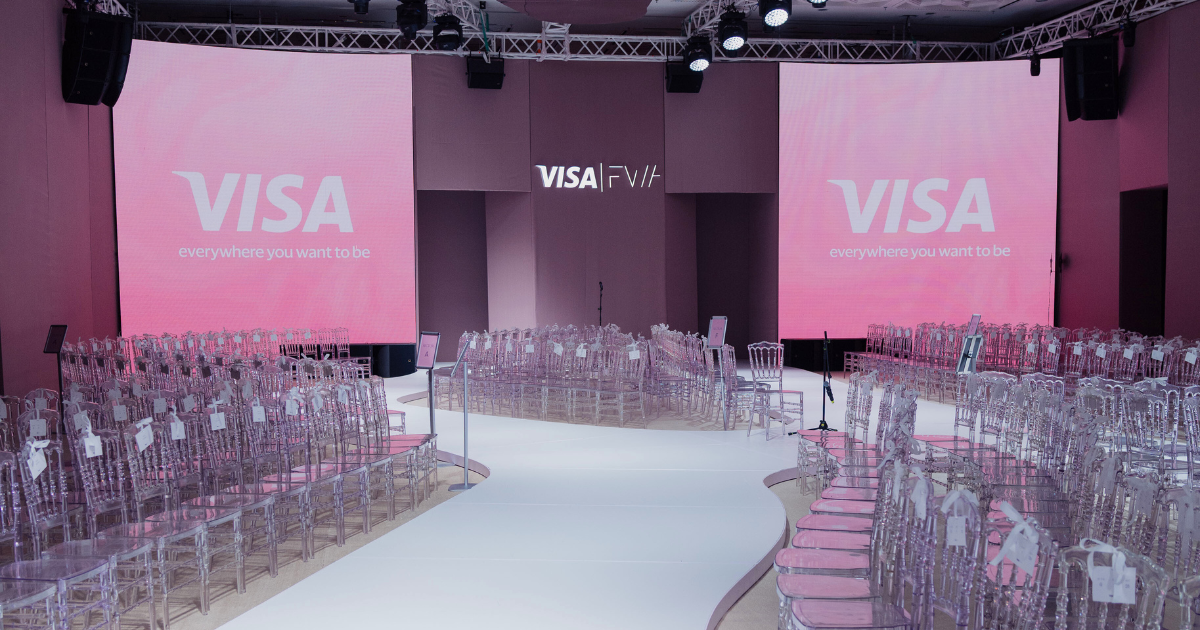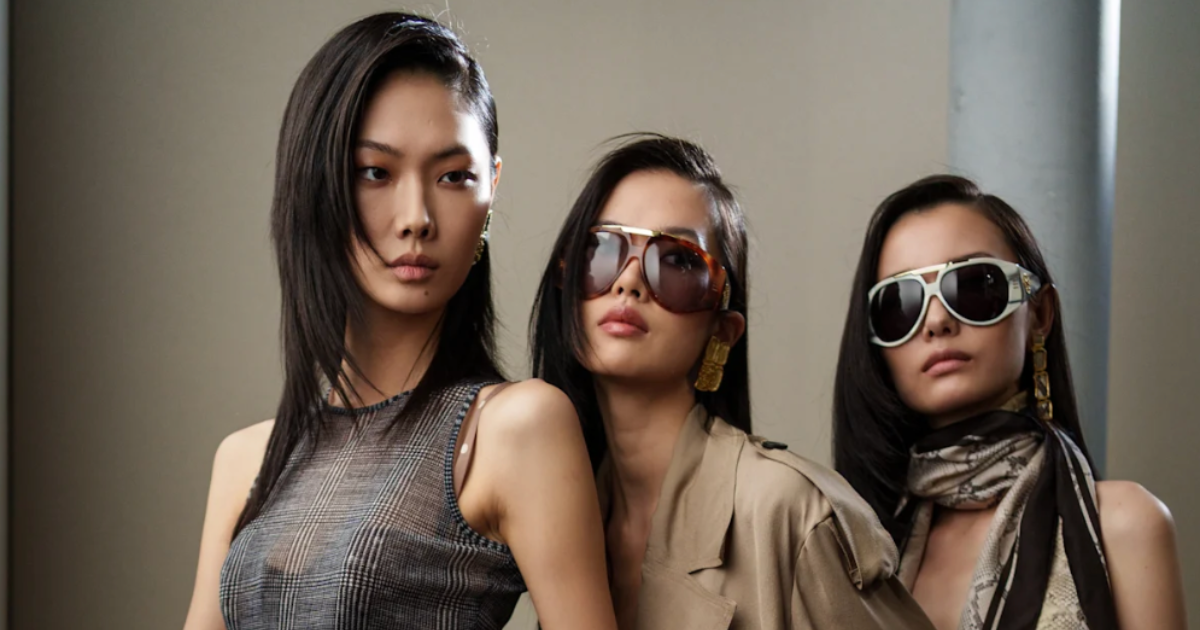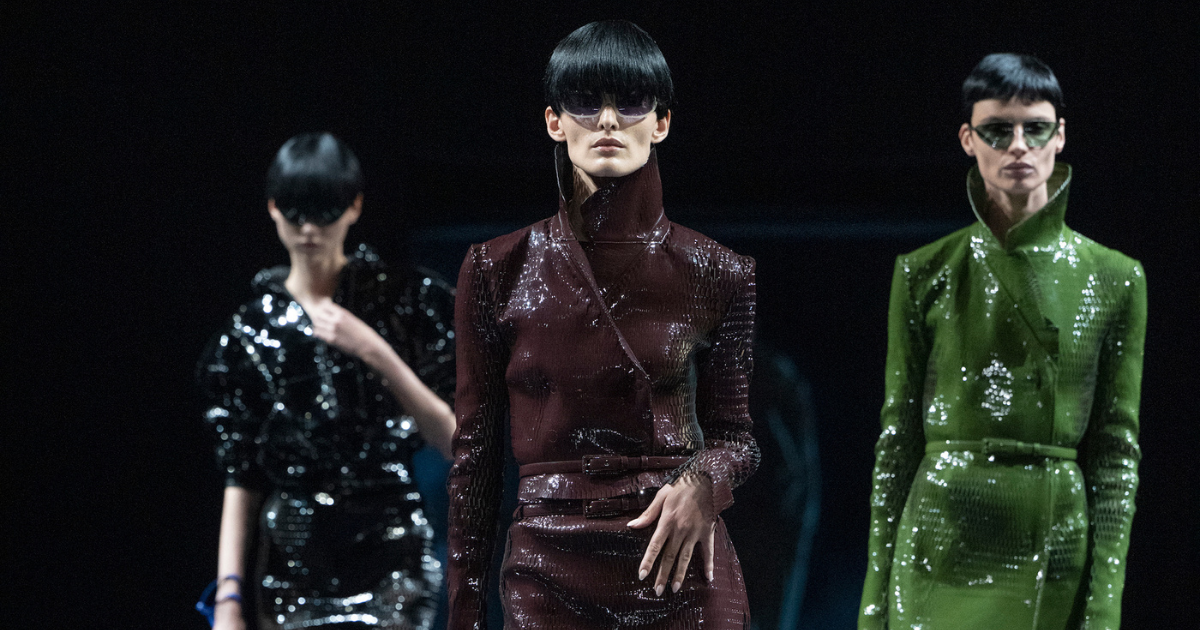Heroines to know by sight
Women designers who made a fashion revolution, freeing women from tight corsets, voluminous skirts, and uncomfortable shoes
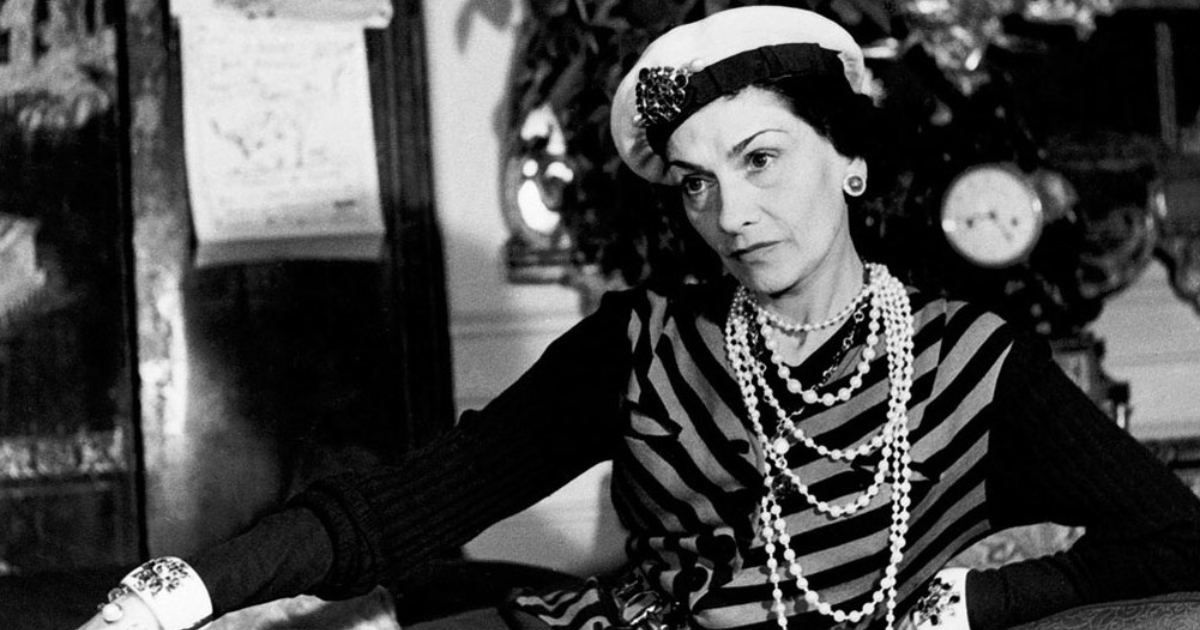
Fashion reflects its time. It mirrors the era and the external circumstances that shape it. But at the beginning of the 20th century, the rules of the game began to change – fashion became not only a reflection but also a weapon.
A weapon in the hands of designers whose creations took the form of protest, speaking the language of resistance and freedom from imposed prejudices about how a woman "should" look.
Coco Chanel
Contribution to fashion: shattered all stereotypes about femininity
Inspired by her love for horseback riding, she was one of the first women to publicly wear men’s trousers, proving by example that one could remain feminine even in a man’s suit. She was also the first to introduce masculine elements and trousers into women’s wardrobes – something seen as extremely vulgar at the time. Chanel erased the lines of the bust and waist in silhouettes, making women’s everyday clothing comfortable and relaxed.
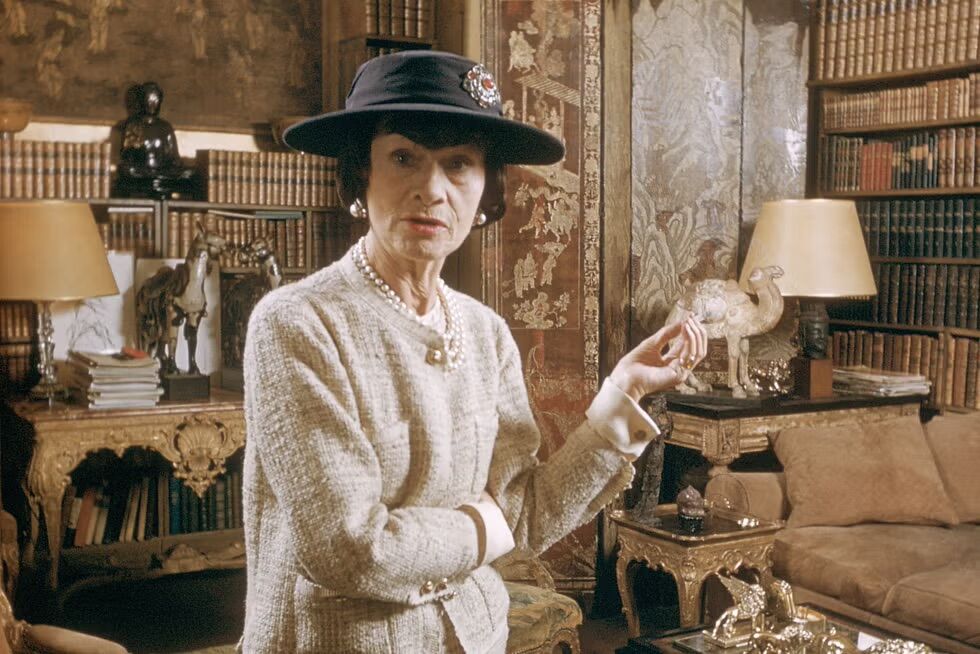
photo: elle.com
To this day, Coco Chanel remains a symbol of resilience and rebellion, and an early pioneer of feminism – even before the term was widely used.
Life gave her no choice: orphaned and raised in a convent where she learned to sew, she overcame poverty and hardship to rise from an unknown cabaret singer to a fashion legislator in high society. Chanel redefined femininity and sparked a revolution in modern fashion.
Elsa Schiaparelli
Contribution to fashion: surrealism and individuality as a form of self-expression
Her bold vision, friendship with Salvador Dalí, and unique spirit brought surrealism into fashion. Her legendary pieces include a shoe-shaped hat, a lobster dress, and clawed gloves. Schiaparelli also created culottes and was the first to use zippers in clothing.
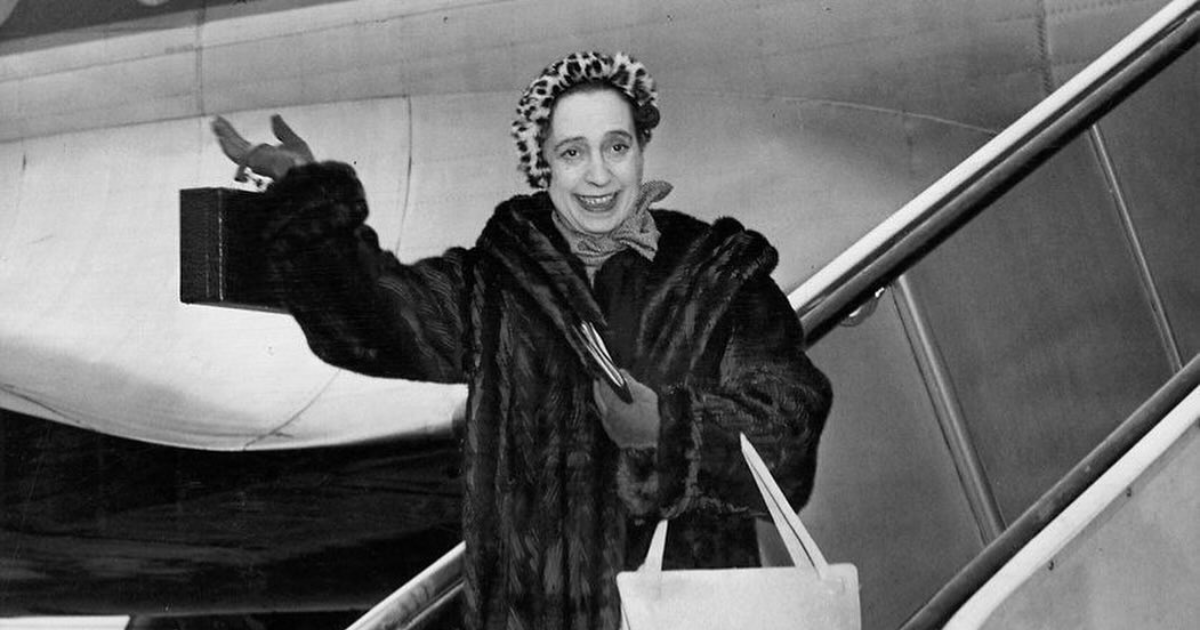
photo: INSTAGRAM/SCHIAPARELLI
Unlike Chanel, her rival, Elsa was born into an aristocratic Italian family. Despite a love for art, her rebellious nature forced her to leave home. She moved to Paris in 1922, beginning a new life with her newborn daughter.
It all started with a sweater featuring a white bow motif knitted by a friend based on Elsa’s sketch. Surprisingly, it was this sweater that led her to open her fashion house, Schiaparelli, which still embodies her surrealistic aesthetic today.
Madeleine Vionnet
Contribution to fashion: creator of the bias cut and Grecian-style dresses that draped the body naturally
Inspired by Italian architecture and art, Vionnet shaped fabric like a sculptor, creating flowing gowns that enhanced the body’s natural beauty and grace. Her technique was so unique that some dresses had just one seam, with form achieved through draping and knots.
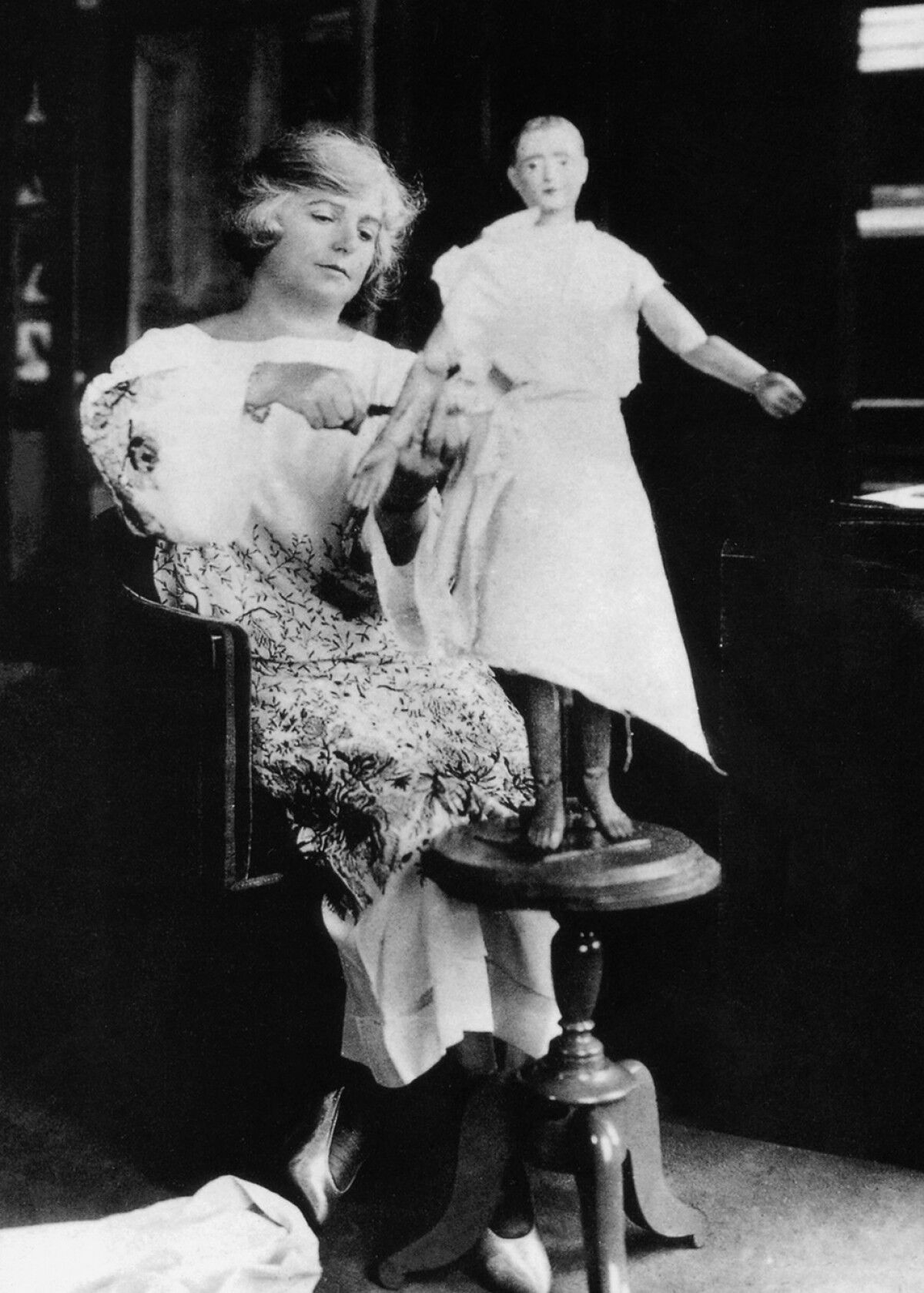
photo: elle.ua
The name Madeleine Vionnet is unjustly overshadowed among the fashion revolutionaries of her time. Yet, like her peer Coco Chanel, she was a pioneer in "liberating" women’s wardrobes, challenging societal norms that confined women to restrictive dresses. She, too, journeyed from poverty to founding her own fashion house in New York. Vionnet championed not only the natural beauty of the female body but also women's rights – providing her employees with free meals, paid maternity leave, and access to medical care.
Claire McCardell
Contribution to fashion: founder of the “American look” and casual style
Unlike many designers of her time, Claire didn’t chase French haute couture. That’s why her name isn’t as well-known as it should be. She introduced denim and the A-line dress into everyday fashion, emphasizing comfort and practicality. Her designs were universal, using natural fabrics that allowed women to look elegant and feel free, keeping an active lifestyle. Her clothing became the foundation of the modern American wardrobe.
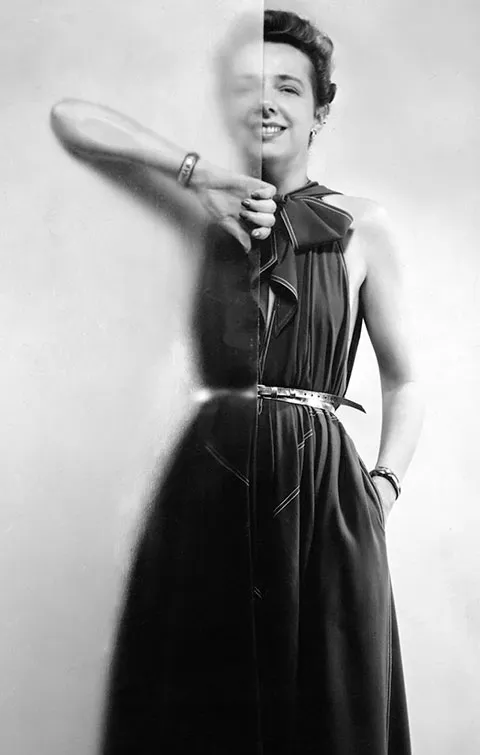
photo: elle.com
Claire McCardell was in love with clothing from a young age and always knew what she wanted to become when she grew up. She enrolled in a school of applied arts in New York and, in 1926, traveled to Paris, where she found inspiration in the work of none other than Madeleine Vionnet. Throughout her career, Claire herself became a source of inspiration and set the direction for many modern designers, including Tory Burch, Calvin Klein, and Donna Karan.
